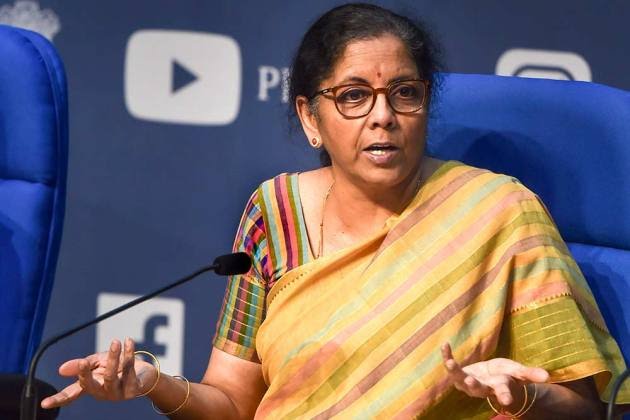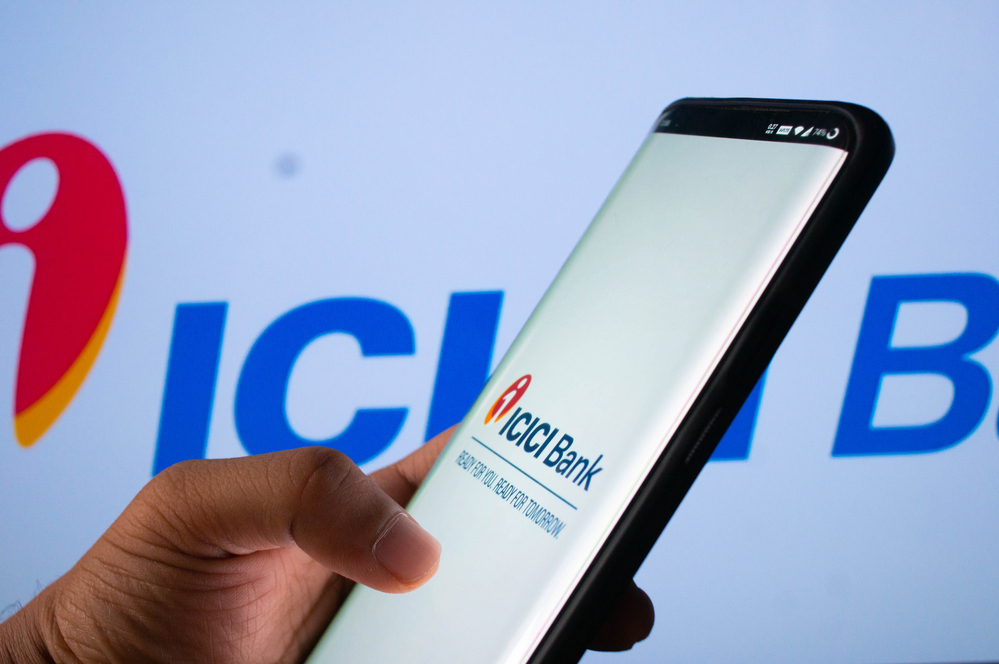Analysing Finance Minister Nirmala Sitharaman’s Economic Package

The first set of much-awaited special economic package was announced by the finance minister. A total relief measure worth of Rs 5.9 lakh crore was announced during the press conference. The focus was on 4 Ls, namely land, labour, law and liquidity.
The FM announced Rs 3 lakh crore collateral free four-year tenure credit guarantee scheme for micro, small and medium enterprises (MSMEs) with moratorium on payment for first 12 months. She also said that 100 per cent credit guarantee will be provided on principal and interest and no guarantee fees shall be applicable in addition to providingautomatic loans up to 20 per cent of outstanding credit as of the end of February. The credit guarantees to the MSME segment was the major area of concern where the banks were seemingly unwilling to lend, even after ample liquidity in the system. Companies having Rs 250 crore outstanding credit and a turnover of Rs 100 crore will qualify for this scheme. The government estimates that potentially Rs 3 lakh crore of new credit will flow into such enterprises. This will provide the much needed liquidity support to small businesses to get through the lockdown. The underlying 100 per cent guarantee will allow the banks to finally lend post the due diligence process. In the next 45 days, the government will clear all the receivables of MSMEs, thus providing them with additional liquidity.
The Government also announced that it would facilitate Rs 20,000 crore as subordinated debt by pledging Rs 4,000 crore to a fund to help stressed small businesses as it would provide partial credit guarantee to banks. It will also provide equity to small businesses for which the government pledged Rs 10,000 crore. The underlying thought is that it would stimulate Rs 50,000 crore in levered funds. The government increased the investment/turnover criterion for small businesses so that a larger number of firms fall under this classification.
The government also announced Rs 30,000 crore special liquidity scheme that will invest in both the primary and secondary markets in investment-grade debt paper of Non-Banking Financial Companies (NBFC), Housing Finance Companies (HFC) and Micro Finance Institutions (MFIs). Debt paper doesn't necessarily have to be high-quality, it can also be investment quality. Investment will be fully guaranteed by the government.
Other measure that were announced were reduction in TDS rated by 25 per cent from May 14 to March 31, 2021, EPFO contribution reduced to 10 per cent for both employer and employee as opposed to earlier 12 per cent, 24 per cent EPFO contribution for units with more than 100 employees. Emergency liquidity injection to the tune of Rs 90,000 crore to all the electricity distribution companies against all their receivables, with the state governments giving credit guarantees. These companies will, in turn, clear dues of electricity generation companies, which are in turn, expected to pass on the benefits to the end consumer. Some tax deferral announcements, tax filing dates pushed back and the invocation of force majeure for real estate projects.
The key lies in the how quickly the money reaches these MSMEs that supports many lives.








